Sergio Úbeda. Palma. Photos: Piter Castillo
The streets of Palma hide fascinating tales, stories that have endured through the centuries, not only in words, but also sculpted in stones. Sculptural figures scattered throughout the city tell stories of bravery and mystery. Legends that invite you to discover some of these hidden details that, at first glance, could go unnoticed. Take a stroll through Palma and discover the fascinating corners that hide these “Stories carved in stone”.
The Sant Francesc clock
At the top of the church of Sant Francesc, there is a sundial that was the goal of the bravest swimmers in the city. After swimming 300 meters in the sea of La Portella, spotting it over the walls of the city was their moment of glory.
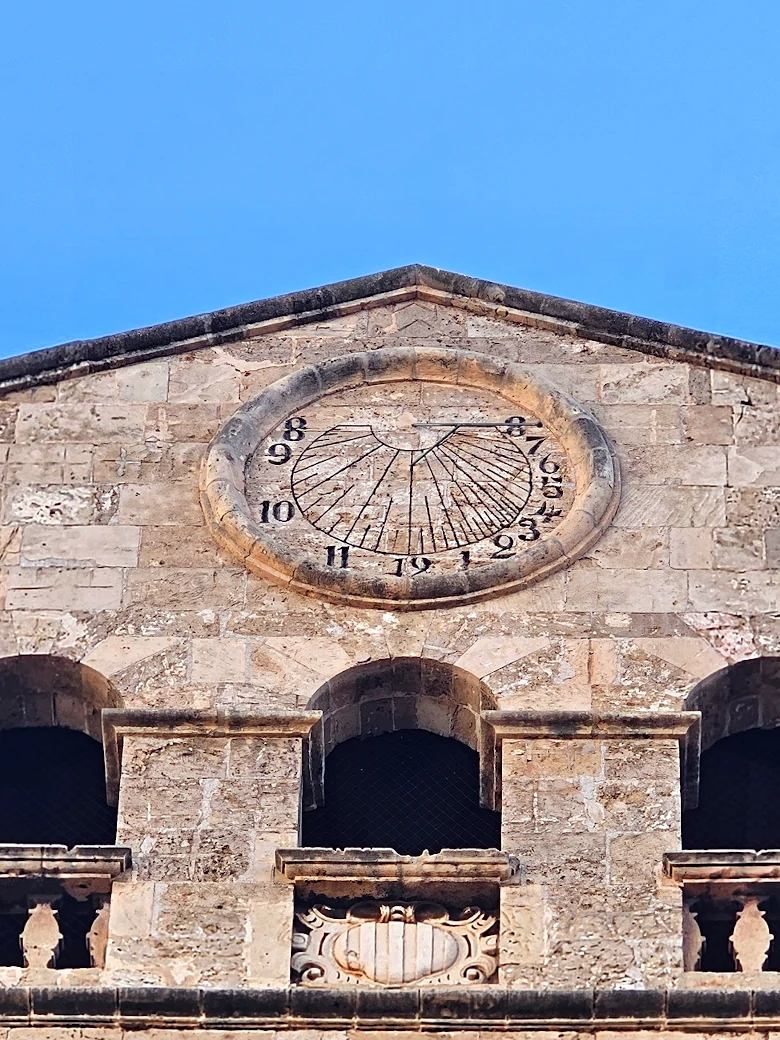
The clock of Sant Francesc church.
The dragon and the snail at City Hall
On the facade of the Palma City Hall are hidden two figures that many overlook: a snail and a dragon. They are the signatures of sculptors Jaume Caragol and Francesc Dragó. Legend has it that they left their mark as an act of rebellion. These figures are also in the Church of San Nicolás, and some researchers believe that they could be the work of the studio of Gaspar Bennàssar i Moner. Another similar figure can be found in the staircase of the City Hall. Will you be able to find it?
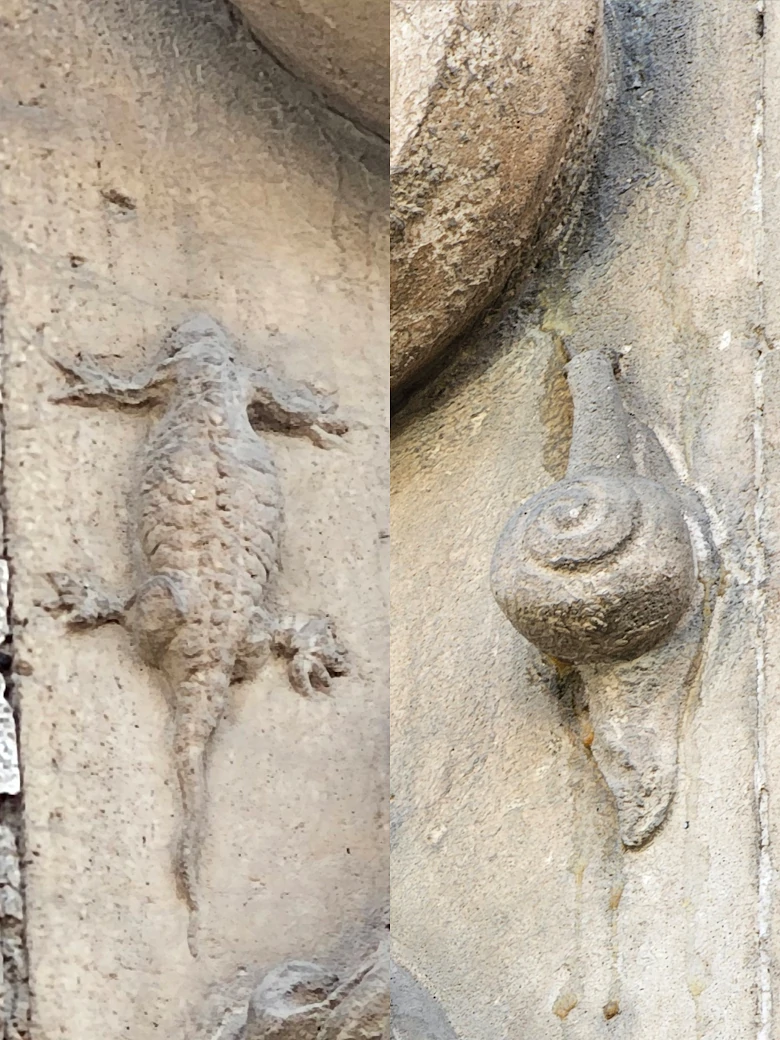
The dragon and the snail of Palma City Hall
El Drac de Na Coca
A small sculpture of the dragon rests in the Plaza del Mirador, a silent reminder of a legend that still continues to fascinate those who dare to look at it. In the 17th century, the streets of Palma were under threat from a terrifying creature: the Drac de Na Coca (Na Coca’s dragon). This reptile lurked in the shadows until it was defeated by Captain Bartomeu Coch.
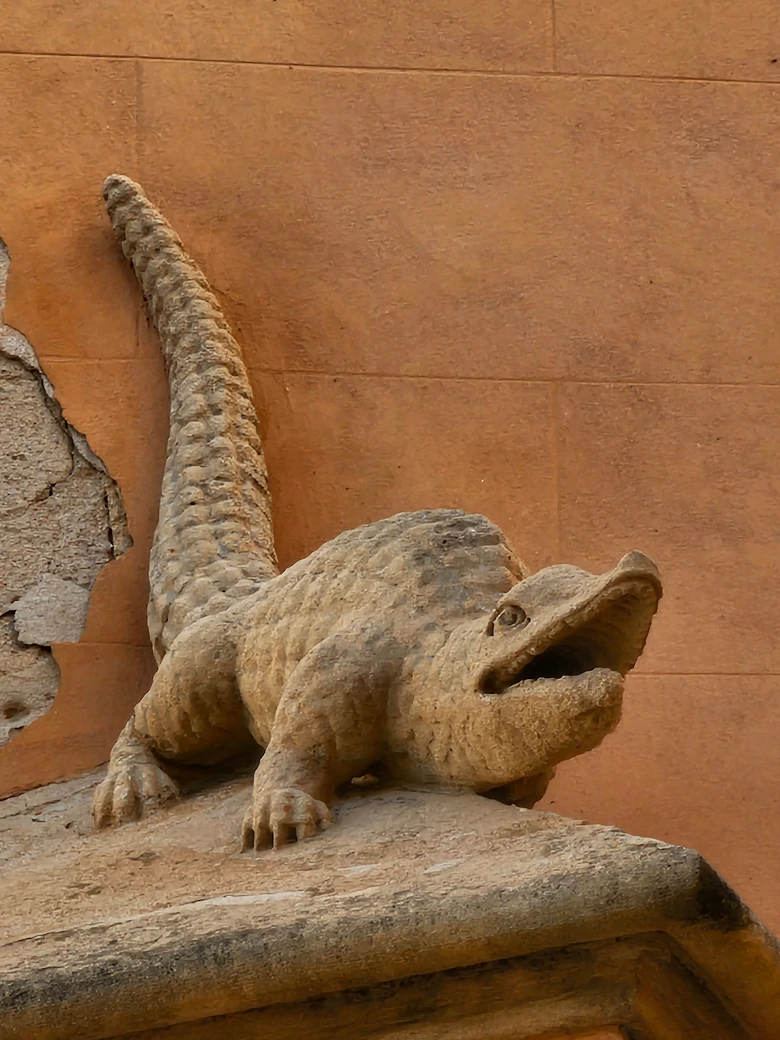
The figure of the Drac de Na Coca in the Plaza del Mirador.
Cap del Moro
Hidden under a commercial canopy, the sculpture “Cap del Moro” (Moor’s head) in the Born holds a disturbing tale. According to legend, it is a reminder of public executions following the victories of Captain Antoni Barceló i Pont de la Terra. Although some suggest that the figure is just a capital.
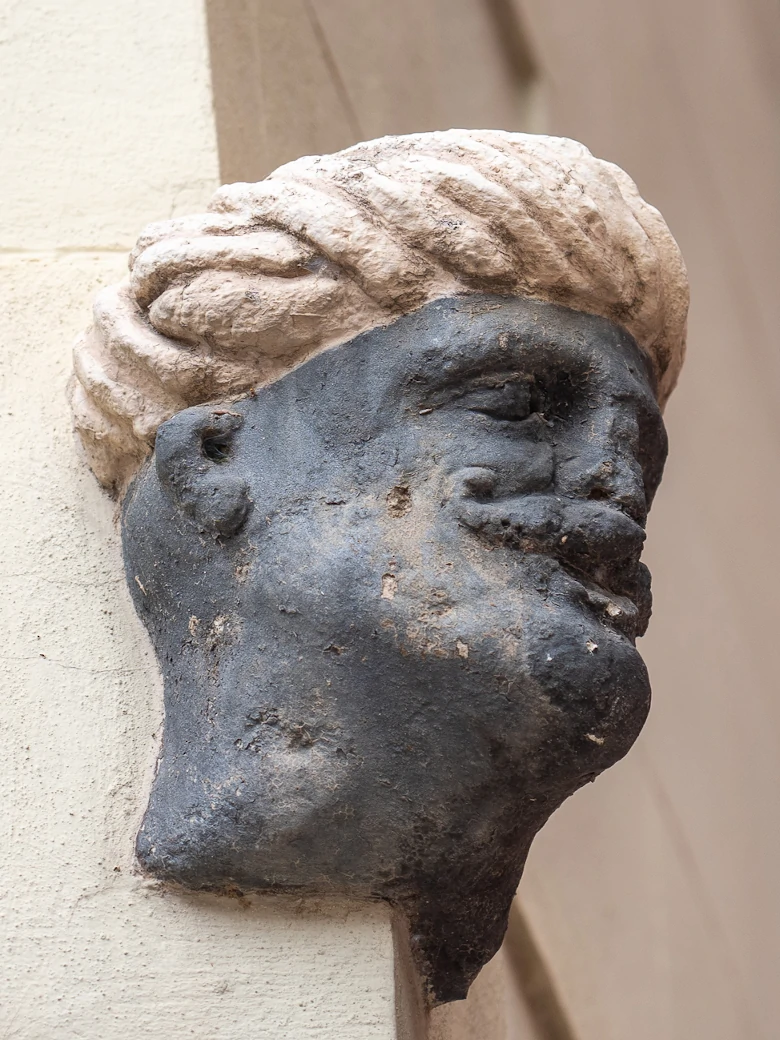
The Cap de Moro on Passeig del Born.
Les Carasses
In the street of Sant Feliu, a house with grotesque masks watches over passers-by. Refurbished in the 17th century by the Genoese jurist Joan Francesc Pavesi, this house has left a mark on the city with its mysterious sculptures. The masks, known as “carasses,” (grotesque faces) have provocative gestures, and the inscription “EUNDO” has been interpreted as a reflection of Pavesi’s nomadic life.
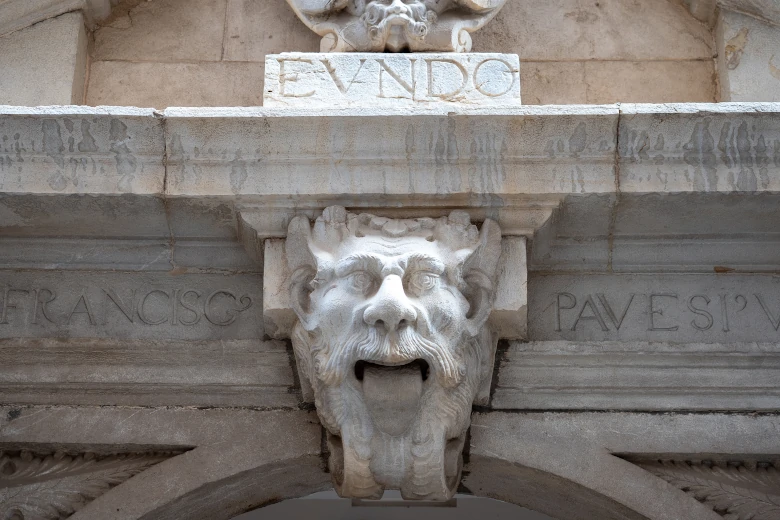
Les Carasses en la calle Sant Feliu.


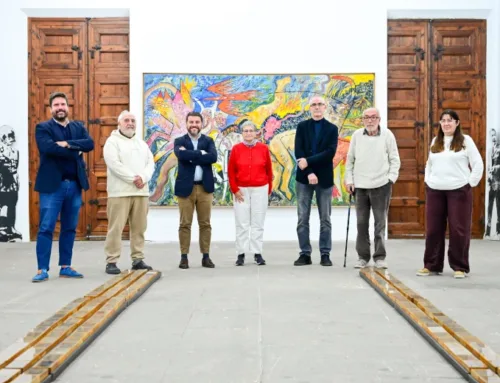
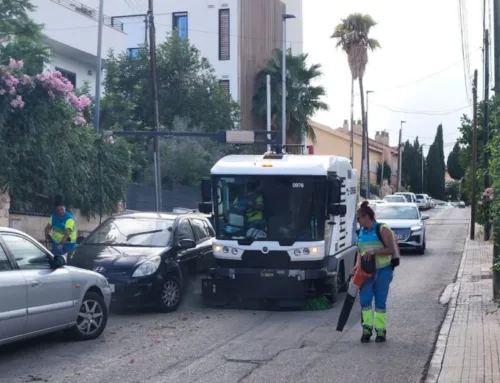
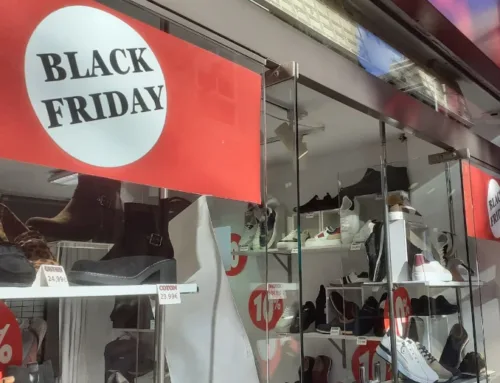
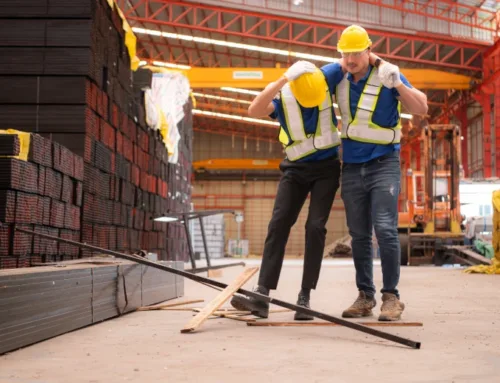
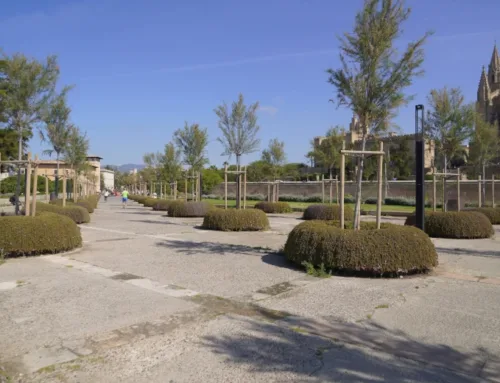

Leave A Comment